Shrawan Kumar Thapa
CholecTriplet2022: Show me a tool and tell me the triplet -- an endoscopic vision challenge for surgical action triplet detection
Feb 13, 2023
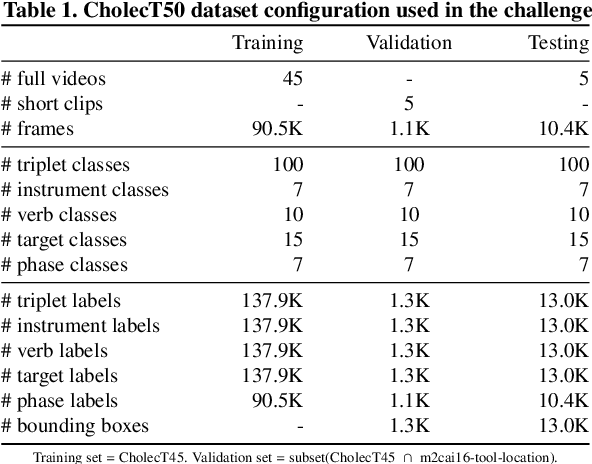
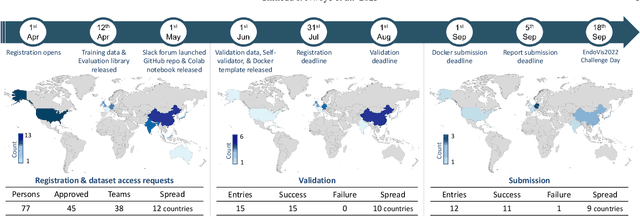
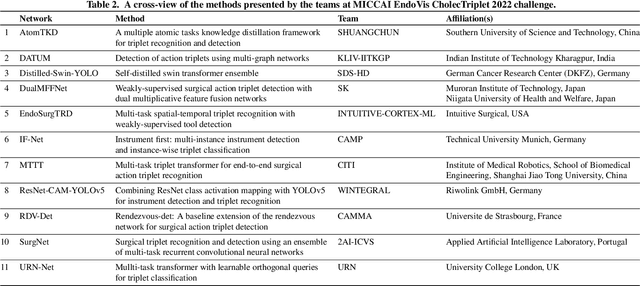
Abstract:Formalizing surgical activities as triplets of the used instruments, actions performed, and target anatomies is becoming a gold standard approach for surgical activity modeling. The benefit is that this formalization helps to obtain a more detailed understanding of tool-tissue interaction which can be used to develop better Artificial Intelligence assistance for image-guided surgery. Earlier efforts and the CholecTriplet challenge introduced in 2021 have put together techniques aimed at recognizing these triplets from surgical footage. Estimating also the spatial locations of the triplets would offer a more precise intraoperative context-aware decision support for computer-assisted intervention. This paper presents the CholecTriplet2022 challenge, which extends surgical action triplet modeling from recognition to detection. It includes weakly-supervised bounding box localization of every visible surgical instrument (or tool), as the key actors, and the modeling of each tool-activity in the form of <instrument, verb, target> triplet. The paper describes a baseline method and 10 new deep learning algorithms presented at the challenge to solve the task. It also provides thorough methodological comparisons of the methods, an in-depth analysis of the obtained results, their significance, and useful insights for future research directions and applications in surgery.
Task-Aware Active Learning for Endoscopic Image Analysis
Apr 07, 2022
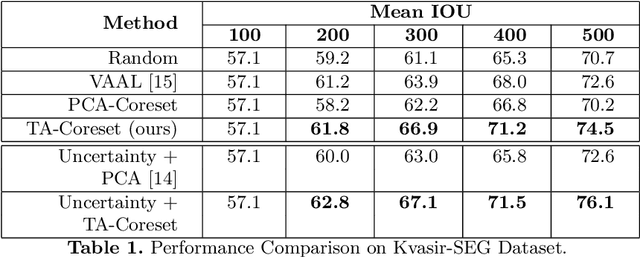
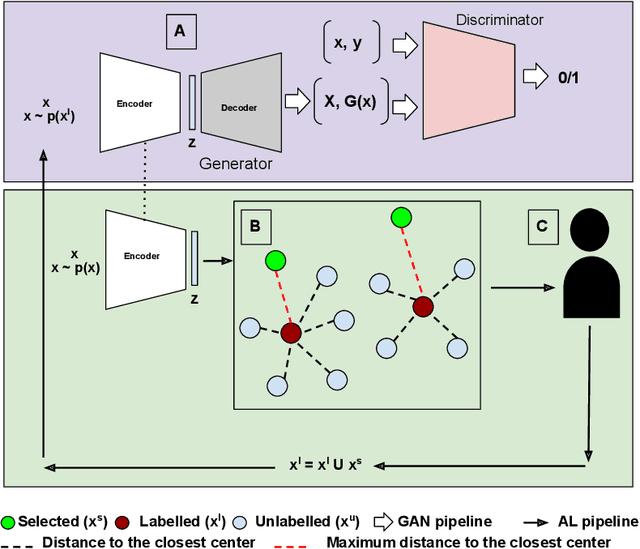
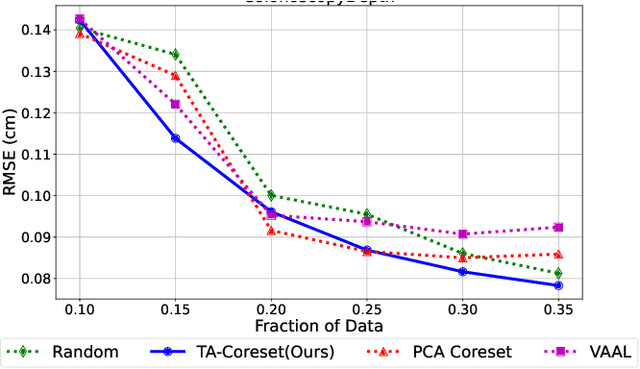
Abstract:Semantic segmentation of polyps and depth estimation are two important research problems in endoscopic image analysis. One of the main obstacles to conduct research on these research problems is lack of annotated data. Endoscopic annotations necessitate the specialist knowledge of expert endoscopists and due to this, it can be difficult to organise, expensive and time consuming. To address this problem, we investigate an active learning paradigm to reduce the number of training examples by selecting the most discriminative and diverse unlabelled examples for the task taken into consideration. Most of the existing active learning pipelines are task-agnostic in nature and are often sub-optimal to the end task. In this paper, we propose a novel task-aware active learning pipeline and applied for two important tasks in endoscopic image analysis: semantic segmentation and depth estimation. We compared our method with the competitive baselines. From the experimental results, we observe a substantial improvement over the compared baselines. Codes are available at https://github.com/thetna/endo-active-learn.
 Add to Chrome
Add to Chrome Add to Firefox
Add to Firefox Add to Edge
Add to Edge